I was raised in the tropical paradise of Jamaica and was just a child the first time my father took me sailing on a Hobie 16. There was something magical about the way it glided through the water while I relaxed on the trampoline, joyful under the summer sun. My favorite part was being refreshed by the cool ocean spray when my dad steered into the waves.
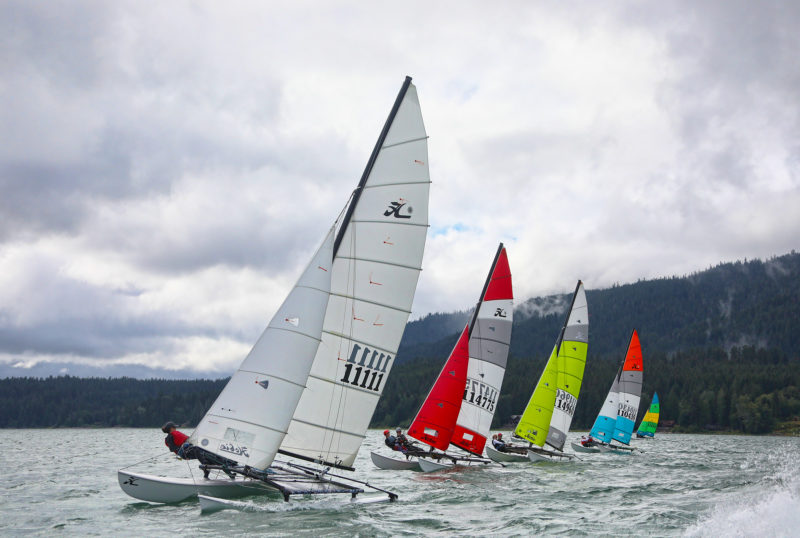 Jan Anderson, Jan’s Marine Photography
Jan Anderson, Jan’s Marine PhotographyRules established by the International Hobie Class Association keep all Hobie 16s equal, so sailing skills alone determine which crews are the fastest.
In the 1950s, Hobie Alter, designer of the Hobie 16, made a name for himself in surfboards and was the first to make them with fiberglass over foam cores. When he turned his attention to sailing, the results were no less revolutionary. He introduced his 14′ sailing catamaran, the Hobie 14, in 1967. Created as a fun, affordable, and lightweight boat, it was dubbed “the people’s boat.” Within a few short years of development, the Hobie 14 was quickly adopted into the racing scene around the world and became the largest class of catamaran. The Hobie 16 was introduced in 1971, and now, over a half-century later, it is the most popular of all the Hobies. More than 135,000 Hobie 16s have been sold, the design was enshrined in the now defunct American Sailboat Hall of Fame, and it thrives as a world-renowned racing class.
Almost identical to the original 14, the Hobie 16 is built for two people and is equipped with a second sail and dual trapezes so both crew members can hang their weight well outboard. It is easy to rig, launch, and sail. With its 148.2-sq-ft main and 55.1-sq-ft jib (both fully battened), and its lightweight construction coming in at 320 lbs, the Hobie 16 can reach speeds approaching 24 knots in ideal conditions. Cutting neatly through waves upwind and surfing them downwind, it thrives in breezy and wavy conditions.
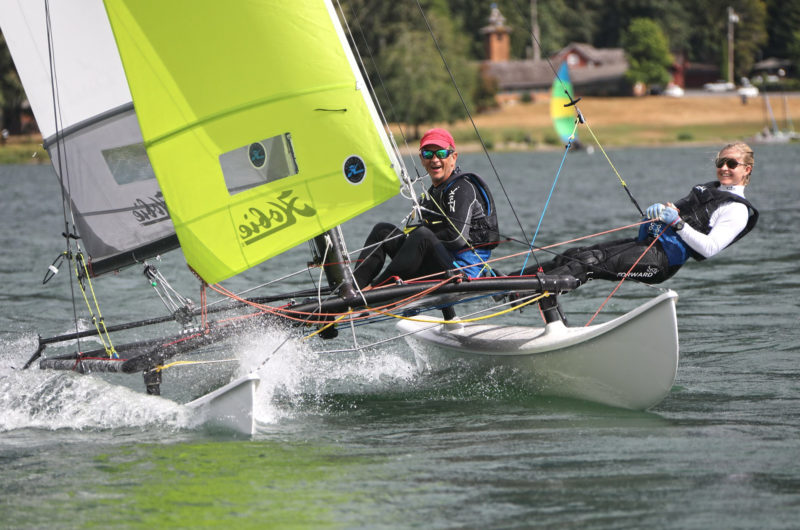 Jan Anderson, Jan’s Marine Photography
Jan Anderson, Jan’s Marine PhotographyThe asymmetrical hulls—straight and vertical on the outboard side and curved inboard—create lift, and as the windward hull rises, the lift generated by the leeward hull diminishes the leeway made by the catamaran.
The Hobie 16 has asymmetrical hulls that are nearly straight on the outside and curved on the inside so that the downwind hull, the one most deeply immersed, provides lift to windward. The shape of the hulls eliminates the need for daggerboards and meets one of the designer’s primary requirements: the ability to sail directly off and onto the beach. It’s one of the many reasons the boat is loved by so many.
 Jan Anderson, Jan’s Marine Photography
Jan Anderson, Jan’s Marine PhotographyThe anodized aluminum mast rotates and has a teardrop cross section, features that improve the airflow across the mainsail.
When setting up the Hobie 16, the most difficult task is raising the mast. While this can be done singlehandedly, I have never been successful. A crewmate, and even a third pair of hands, makes it easy. Once the mast is up, it is stabilized laterally by the shrouds while the forestay is connected to the bow bridle. Fortunately, after doing this process once, it is easy to master.
When rigging the sails, I usually start with the jib, attaching the tack to the chainplate connected to the bridle between the bows of the boat. I then attach the jibhead to the halyard with a bowline, clip the five hanks to the forestay, and thread the jibsheets through the travelers and cam cleats. After attaching the halyard shackle to the mainsail, hoisting the main is fairly straightforward but does benefit from a second set of hands to feed the luff into the mast track. Each rudder connects to the stern with a pin and a split ring.
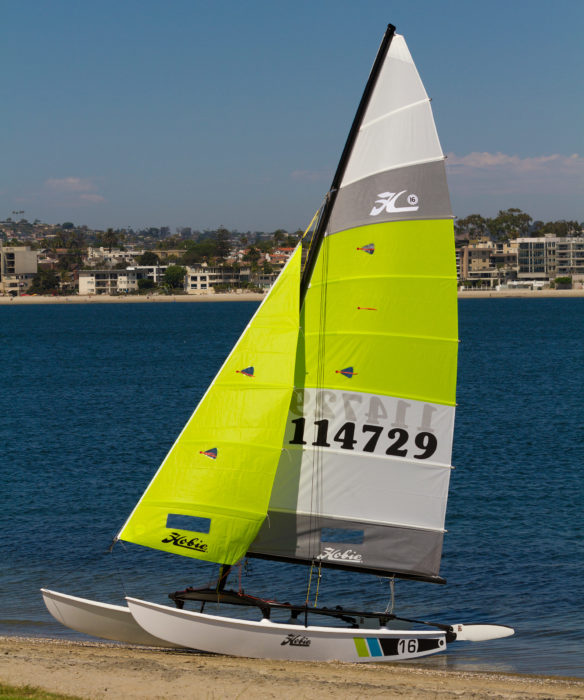 Courtesy of Hobie
Courtesy of HobieThe Hobie 16’s ability to be sailed off the beach was a major factor in its rise of popularity.
The light weight of the Hobie 16 means that I can singlehandedly push and pull it across a beach. I will typically hoist the sails on land, push the boat into the water, jump on, and as soon as I’m aboard, I’m sailing. Returning, I drop the sails while in the surf and then pull the boat onto the beach. Hobie hulls can handle rough landings, and many people sail their boats directly onto the beach—even while sheeted in and driving hard. The 16 can also easily be launched from a trailer at a ramp.
Underway, the Hobie 16 is very sensitive to tiller movement, and oversteering may often lead to an accidental tack or jibe, or send you straight into irons. However, it’s easy to get out of irons, even when singlehanded, by backing the sail and directing the tiller to the same side as the sail until the bow turns away. The boat is then quick to pick up speed again.
For recreational sailors, the trampoline provides comfort and relaxation, and for advanced sailors it prevents bruises during high-speed tacks and jibes. While spray rarely comes over the bows because of the way they cut through the water, do not expect to stay dry because the trampoline does not offer protection from spray coming directly from underneath.
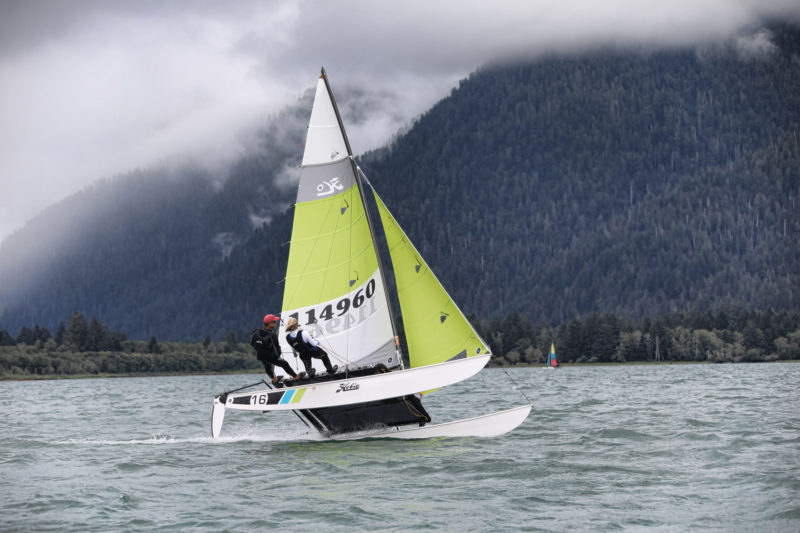 Jan Anderson, Jan’s Marine Photography
Jan Anderson, Jan’s Marine PhotographyThe Hobie 16 is designed for a crew of two. Even with both crew members on the trapezes, it’s possible to fly a hull. Sailing with one hull out of the water eliminates the drag created by the wetted surface and increases the potential for speed.
Going fast and flying a hull, as you might expect, can lead to a capsize. I’ve never capsized a Hobie without getting dropped into the water, so be prepared to go for a swim. But righting a Hobie 16 is easier than it might seem, indeed, the boat will frequently right itself because the trampoline acts like a sail when the wind blows under it, allowing a crew and skipper to just climb back aboard. On the rare occasion a Hobie 16 does not right itself, I first loop the righting line (which is attached to the base of the mast) around the windward hull. Then my crew and I stand on the leeward hull, lean back, and pull the boat upright. Because the Hobie 16 is designed to be crewed by two people, when sailed solo on breezy days it is quick to capsize and difficult to right alone. Regardless of the occasional dip in the ocean, every Hobie 16 sailor, from beginner to racer, exhilarates in the rush of excitement that comes from sailing this fun-packed multihull.
Because the Hobie 16 can reach very high speeds, especially on windy days, the boat can be overpowered and reefing the sail is important. Reefing the mainsail is easiest when done on the beach. Five reefing lines are required: a tack downhaul leads from the lowest eye on the luff to the eye at the base of the mast, a clew outhaul leads from an eye on the leech down to the boom, and three reefpoints secure the excess sail around the boom.
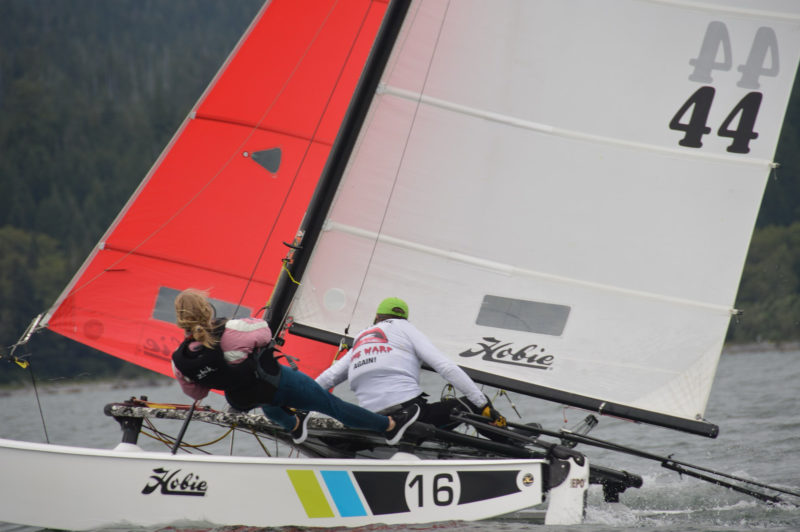 Jan Anderson, Jan’s Marine Photography
Jan Anderson, Jan’s Marine PhotographyWhen the wind speed reaches about 12 knots, both crew members often take to the trapezes.
While the Hobie 16 is popular with thrill-seekers, it is mainly used as a summer recreational boat. Even on quiet days, the Hobie sails smoothly, especially when using light-wind techniques such as shifting crew weight forward to reduce drag or to leeward to heel the boat and angle the mast so gravity can give the sails their airfoil shapes.
Ultimately the Hobie 16 is a versatile boat that can be easily rigged for brief outings, day trips, or multiday adventures loaded up with camping gear and food. Despite being only 16′ 7″ in length, it is surprisingly spacious and, although designed for a crew of two, can comfortably accommodate three adults or a family of four. It is a great boat for family outings with kids; on glassy days the trampoline is a very comfortable place to take a nap or gaze into the water at the marine life. Indeed, if you’re not into racing, bring plenty of sunscreen, water, and snacks and just enjoy cruising under the summer sun.
For me, the joy of Hobie 16 sailing comes with breezy days: when I’m hiked out on a trapeze, I feel like I’m flying.![]()
Zoe Knowles is a lifelong sailor and a published author. She was raised in Montego Bay, Jamaica, where she was first introduced to dinghy sailing through local youth sailing camps and went on to become the youth sailing instructor at the Montego Bay Yacht Club. At the age of 16, she was the youngest sailor to race in the 2015 Pineapple Cup, an 811-nautical-mile race from Fort Lauderdale, Florida, to Montego Bay. Now 24, Zoe is an academic working in higher education in Florida but often returns home where she still cherishes sailing with her dad.
Hobie 16 Particulars
Length overall: 16′ 7″
Beam: 7′ 11″
Weight: 320 lbs
Draft (rudder up): 10″
Mast length: 26′ 6″
Sail area: 218 sq ft
Capacity: 800 lbs
The Hobie 16 is sold through dealerships around the world. To find a dealer near you, visit Hobie.com.
Is there a boat you’d like to know more about? Have you built one that you think other Small Boats Magazine readers would enjoy? Please email us!
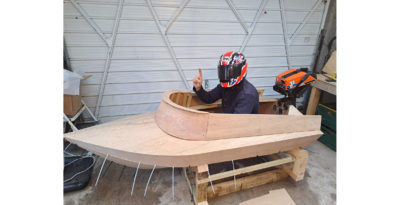
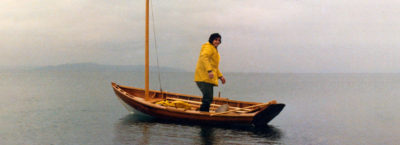

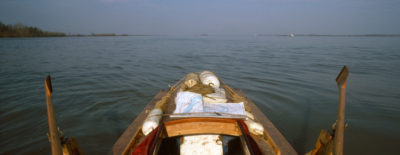


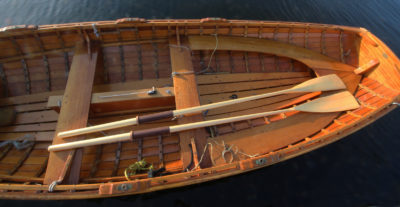

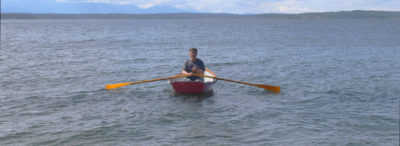
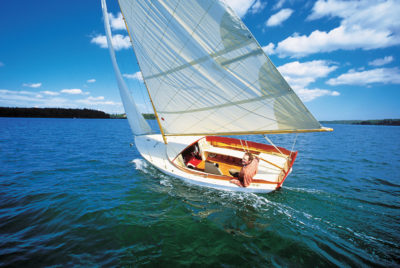
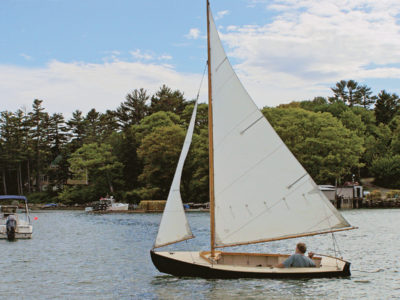
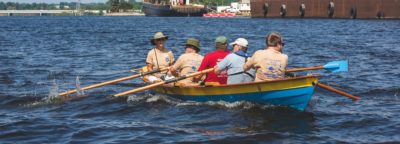
Spent many a summer on a Hobie 16. My buddy and I would go sailing when there were wind warnings in effect and no one else was out on the lake. We’d both get out on the traps with the upwind hull barely out of the water and got going so fast the rudders literally would sing. But bury that leeward hull in a wave and before you know it you were in the drink. Fast fun boat. The sailing equivalent of a sports car. These days I’ll occasionally rent one of the plastic Hobie’s while on vacation and they are still a hoot.
Nice one, Zoe!!
Some of the best sleep I’ve ever had is beach camping and sleeping on a Hobie’s trampoline.